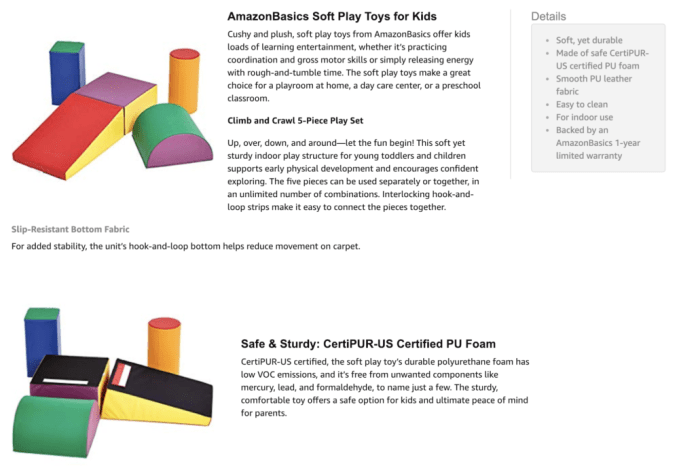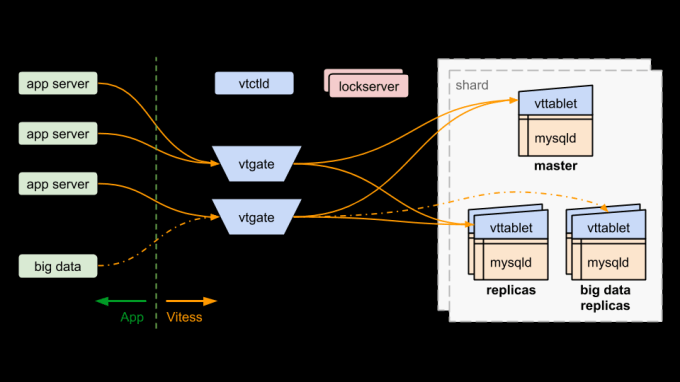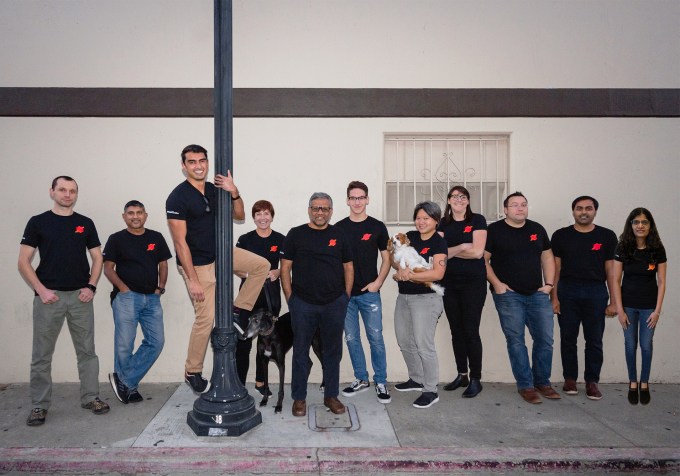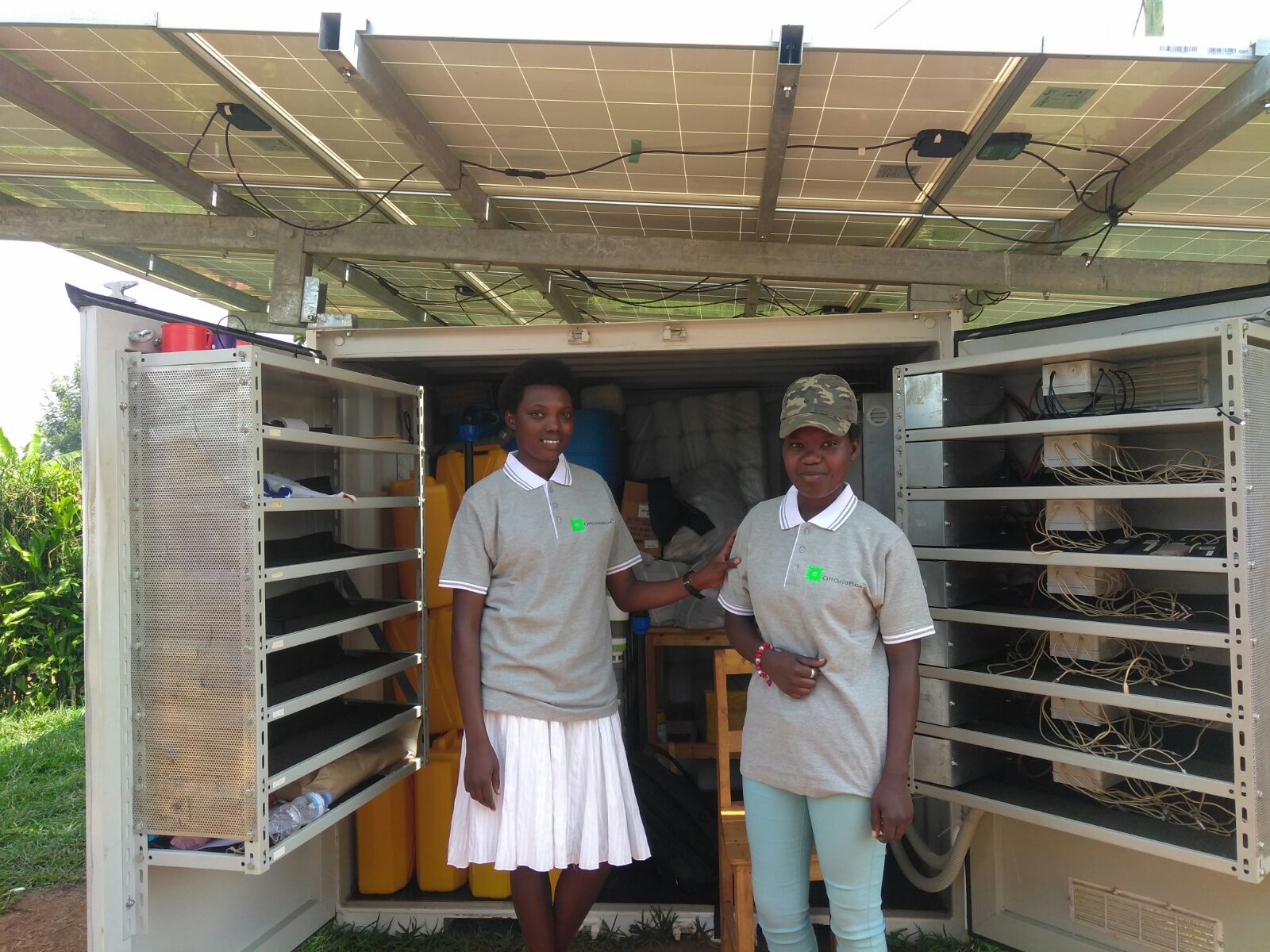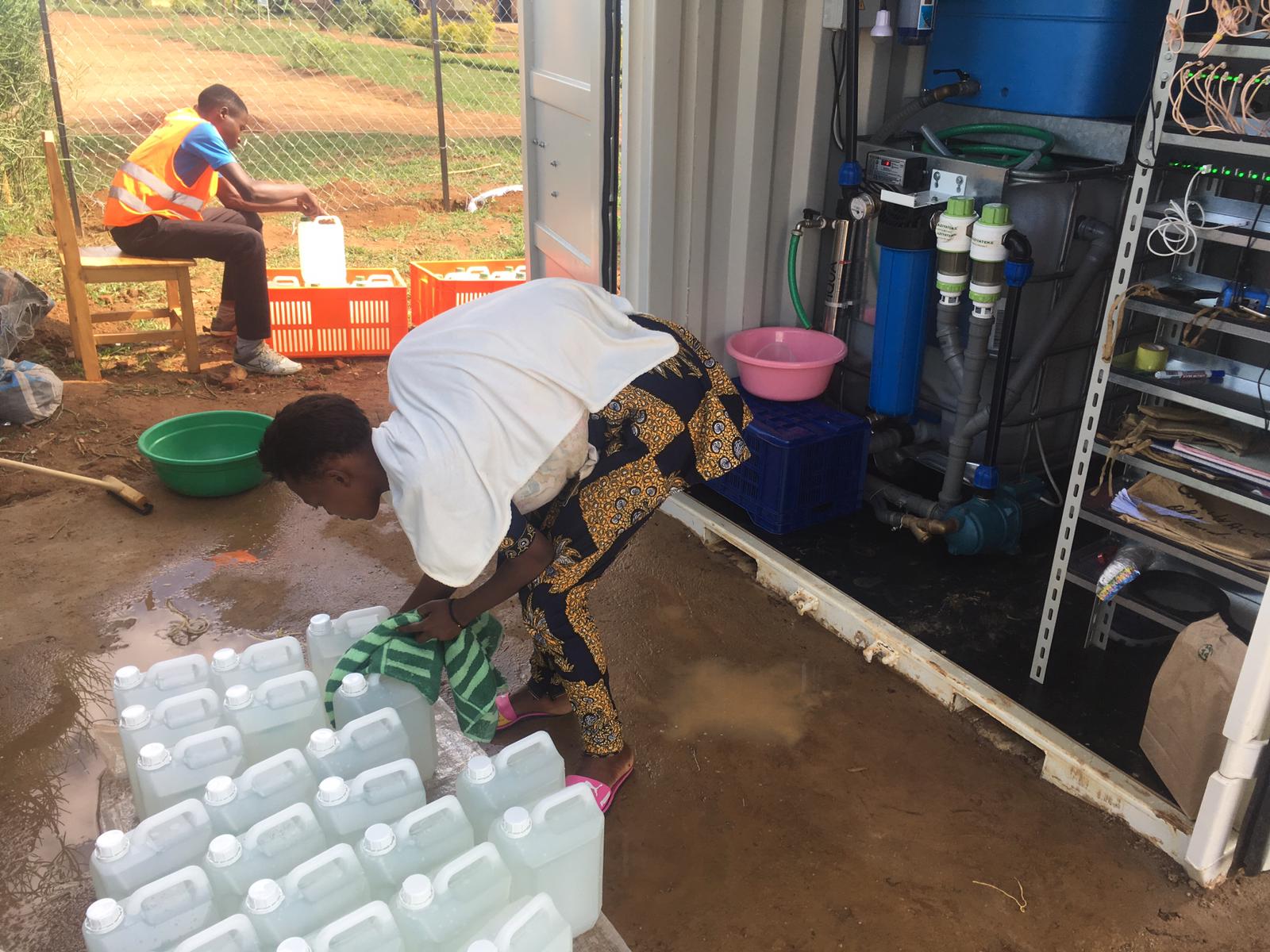Earlier this year, we told you about a now 18-month-old, Hoboken, N.J.-based cryptocurrency startup working on a “stable coin” whose elastic supply would ostensibly expand and contract to keep its value at about a dollar instead of all over the map. The company’s big idea: to develop a new token that people would actually use, instead of use to speculate.
Investors — a lot of them — fell in love with the concept. In fact, eight months ago, Basis landed $133 million in funding from Bain Capital Ventures, GV, longtime hedge fund manager Stan Druckenmiller, one-time Federal Reserve governor Kevin Warsh, Lightspeed Venture Partners, Foundation Capital, Andreessen Horowitz, WingVC, NFX Ventures, Valor Capital, Zhenfund, Ceyuan, Sky9 Capital, Digital Currency Group and others.
Today, that same team, led by CEO Nader Al-Naji — who co-founded the company with former Princeton classmates Lawrence Diao and Josh Chen — says it is shutting down the project. Basis is also returning the capital to investors that it didn’t use in trying to make a go of things.
As Al-Naji explained it in a post at Basis’s site a bit ago, its technology road map and U.S. securities regulations didn’t quite mix. More specifically, writes Al-Naji, the founders didn’t foresee the some of the ripple effects of the regulatory guidance it began receiving.
For one thing, he writes, Basis soon realized that there would be “no way to avoid securities status for bond and share tokens” and that “due to their status as unregistered securities, bond and share tokens would be subject to transfer restrictions, with [Basis] responsible for limiting token ownership to accredited investors in the U.S. for the first year after issuance, and for performing eligibility checks on international users.”
Part of the problem with this scenario, continues Al Naji, is that “enforcing transfer restrictions would require a centralized whitelist, meaning our system would not only lose its censorship resistance, but also that on-chain auctions would have significantly less liquidity.”
Ultimately, having fewer participants in those on-chain auctions would adversely affect the stability of Basis, he adds, which was sort of the whole point.
It isn’t clear from what’s happened to Basis whether so-called stablecoins are simply not viable, or whether its particular approach to an asset with price stability characteristics was ill-planned. Though it’s easy to grasp how they could spur the adoption of crypto payment applications, the technology remains unproven, even as a stablecoin rush got underway this past summer. As Garrick Hileman, head of research at the cryptocurrency services firm Blockchain, told Technology Review back in September, there were a handful of stablecoins in the works in early 2017. As of this fall, that number was closer to 60.
We’ve reached out to some of Basis’s investors to learn more. In the meantime, it’s worth noting that even when Basis raised that giant round of funding, Al-Naji was candid about not knowing when Basis’s token would be used in circulation. In short, he never made aggressive promises that Basis was unable to keep — at least, not to us directly.
You can read the full text of his letter to investors and supporters below.
Eighteen months ago, we set out with the ambitious goal of creating a better monetary system: one that would be resistant to hyperinflation, free from centralized control, and more stable and robust than the monetary systems that came before it. This was a goal we felt could create tremendous value for society if achieved, and one we also felt well-positioned to take on.
We started with a white paper that proposed a stable, decentralized cryptocurrency called Basis that had the potential to fulfill this vision.
Basis remains stable by incentivizing traders to buy and sell Basis in response to changes in demand. These incentives are set up through regular, on-chain auctions of “bond” and “share” tokens, which serve to adjust Basis supply. Because the Basis ecosystem would take some time to develop, we knew we’d need to initially play the role of trader ourselves, which would be capital-intensive. As such, after publishing our white paper, we raised a $133M round of financing. This allowed us to involve a diverse set of investors who we felt could add a lot of value to the project and enabled us to build a large stabilization fund to bootstrap the system. We then assembled an outstanding team and set our sights on launching the system.
Unfortunately, having to apply US securities regulation to the system had a serious negative impact on our ability to launch Basis.
As regulatory guidance started to trickle out over time, our lawyers came to a consensus that there would be no way to avoid securities status for bond and share tokens (though Basis would likely be free of this characterization).
Due to their status as unregistered securities, bond and share tokens would be subject to transfer restrictions, with Intangible Labs responsible for limiting token ownership to accredited investors in the US for the first year after issuance and for performing eligibility checks on international users.
Enforcing transfer restrictions would require a centralized whitelist, meaning our system would not only lose its censorship resistance, but also that on-chain auctions would have significantly less liquidity.
Having fewer participants in the on-chain auctions adversely affects the stability of Basis, making Basis intrinsically less attractive to users. Additionally, imposing transfer restrictions on bond and share token auctions materially hurts our ability to build the Basis ecosystem.
While transfer restrictions can generally lapse 12 months after a security is issued, because the auctions of bond and share tokens governed by our monetary policy would be continuously issued, transfer restrictions and a centralized whitelist would be required indefinitely.
We considered many alternative paths to launch to try and comply with the regulatory constraints while keeping our product compelling and competitive. These paths included launching offshore with added utility to make bond and share tokens less financial in nature, and starting off with a centralized stability mechanism. Ultimately, however, we don’t think any of the paths we considered are compelling enough for our users or our investors, or consistent enough with our vision to justify moving forward.
As such, I am sad to share the news that we have decided to return capital to our investors. This also means, unfortunately, that the Basis project will be shutting down.
Although this isn’t the outcome any of us wanted, we knew going into this that we were fundamentally making a binary bet on a favorable regulatory landscape. The binary nature of our bet is precisely why we included a return of capital clause in our token sale to begin with, even though it was something we hoped we’d never have to rely on. So, while we’re disappointed we couldn’t launch the system we were all hoping to build, we’re thankful that we can at least do right by our investors given these circumstances.
Finally, we owe our sincere thanks to everyone who supported us and our project—from the extraordinary backers and partners who believed in us, to the outstanding team that joined us in our mission. You gave us the opportunity to change the world, and we’re looking forward to trying again.
Until next time,
Nader Al-Naji, CEO

